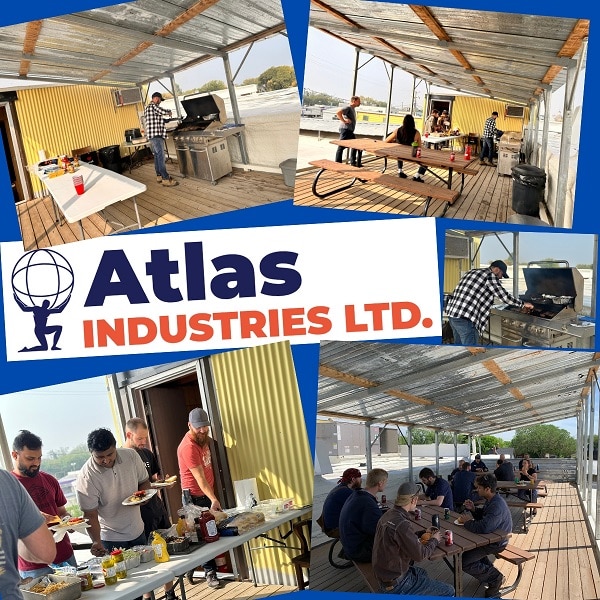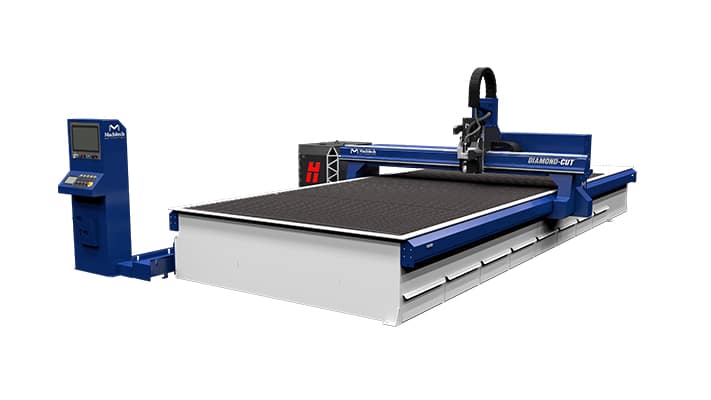In the global marketplace, history will judge us on our ability to keep our workforce content and productive. There is a vacuum for creative solutions that requires new and fresh thinking.
This is the first of 4 articles that explore fresh thinking paths to these business challenges.
- Employee Engagement
- Leadership Development
- The Value of HR Infrastructure
- Leaving a Business Legacy
Employee Engagement
Pandemic lockdowns, supply chain shortages, the returning markets and labor supply shortages have meant stiff competition to find and keep qualified staff.
Previous compensation elements in the form of training, benefits and incentives don’t hold the same appeal that they used to. Although money still has a loud voice, it doesn’t stand alone as the primary factor.
The only way to keep moving forward is to adapt. Understanding an employee’s “Why” (motivators-why do I come to work?) is the challenge. Some of the more typical responses are:
- I need the income to pay my mortgage.
- I’m engaging the training.
- It’s a stepping stone to my future.
Some less obvious responses are:
- The health plans benefit my family needs.
- I’m looking for a place that can maximize my retirement savings.
- This is a convenient location for me.
- I’m looking for a second trade.
- I want days only (or nights/weekends perhaps).
- I like the team, and my department.
- I like my Supervisor, or Foreman.
- I feel like my contributions are noticed and valued.
- My ideas and efforts are recognized.
It’s their “Why” and it is personal and meaningful to them.
I’ve been intrigued to read and listen to Simon Sinek recently on employee engagement and I would encourage readers to look up his “Empathy and Perspective” Ted talk.
It’s my opinion that for any business venture to remain strong and viable, it will need to work with all levels of leadership to move forward from our traditional paradigms. We shouldn’t describe wages and benefits as compensation, which has a trading mentality. We need to align ourselves with our people to work from common values so we don’t barter across a line, which can be adversarial. A soldier will fight with passion and commitment if he feels he’s contributing to a greater cause that makes a difference.
We need leaders who can see the big picture, while simultaneously listening carefully to individuals. Leaders who proactively anticipate personnel needs and trends. John Maxwell described a wilderness guide who had both the “Near look, and the far vision”. A person who can see the far horizon but also put down the footsteps to get there. This is an invaluable leadership attribute as we strive forward towards our goals.
We need to grow and facilitate the leaders who can be in touch with our team-member’s “Why”.
Where we don’t understand the “Why”, there are still things we can do. During covid our company experienced no lay-offs, and all staff maintained 40 hours per week. We painted the building, built equipment, and completed maintenance on our equipment. Likewise, we built a covered deck on our roof with some surplus materials.
Last month, the Canadian Snowbirds put on a show in Saskatoon, and our crew was on the covered roof deck despite the rain, eating lunch and watching the aerobatic team. Earlier this month, one of our guys, an in-house chef, will be putting together a Jerk Chicken BBQ on the deck at noon for all the staff.
When even a few members of a work team feel motivated, it can have a perpetuating effect!
“Not finance, not strategy. Not technology. It is teamwork that remains the ultimate competitive advantage, both because it is so powerful and rare.” – Patrick Lencioni
Warren Peters (President of Atlas Industries)







